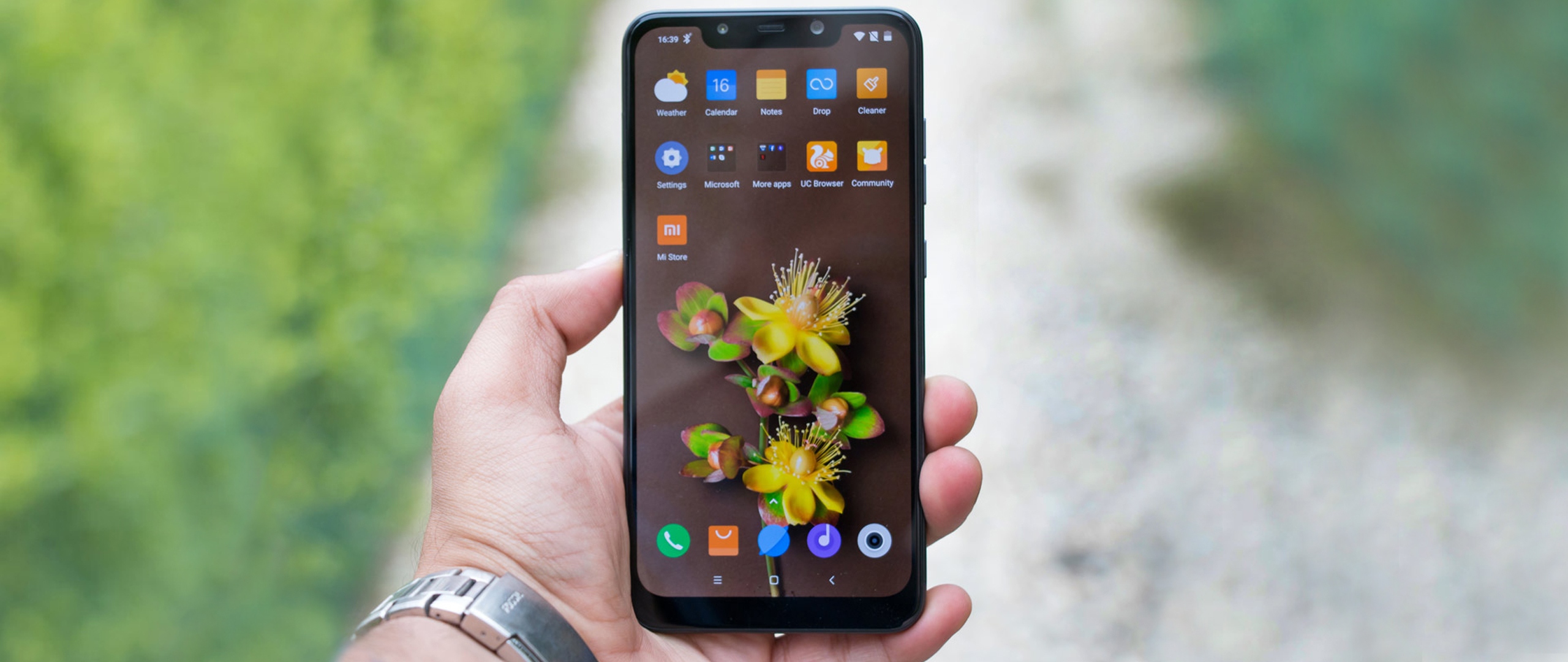TechRadar Verdict
With a flagship-grade chipset, large battery, bright display and capable cameras all for a tantalizingly low price, the Pocophone F1 is an exciting new entry to the smartphone game. But for a few niggles, it's almost the perfect budget phone.
Pros
- +
Big, bright display
- +
Class-leading power
- +
Excellent battery life
Cons
- -
A few bugs and quirks
- -
Limited availability
- -
No OIS
Why you can trust TechRadar
Xiaomi is a name not widely known in the western world, at least beyond those well-versed in the consumer techscape. The firm has built a reputation for making attractive, powerful devices at rock-bottom prices, earning a commanding position in the Indian and Chinese markets, particularly over the past five years.
It's now going even deeper on this path, as now Xiaomi has brought an even-cheaper handset, the Pocophone F1.
Packing the kind of specification not seen at this sort of price since the original OnePlus One, the Pocophone F1 features many of the internals of handsets selling for £1000/$1000/AU$1,500, but for a lot less.
That specifically means a Snapdragon 845 chipset, 64GB or 128GB of storage, 6GB or 8GB of RAM, and a 4,000mAh battery, along with a dual-lens camera. Given it's starting at £309 (roughly $390, AU$555) but selling for £349 (around $440, AU$630) in the UK on Amazon, the question remains on how it can be created for such a low price.
Pocophone F1 release date and price
- Out now in the UK
- Starts at £309 (roughly $390, AU$555)
The Pocophone F1’s price starts at £309 (roughly $390, AU$555) directly from Xiaomi, with prices rising depending on the configuration and retailer chosen.
There are four variants, with the three main ones being as follows - 6GB of RAM with 64GB of storage, 6GB of RAM with 128GB of storage, and 8GB of RAM with 256GB of storage.
An ‘Armoured Edition’ also exists, packing 8GB of RAM and 256GB of storage but trading the polycarbonate build for solid Kevlar, but this isn’t available yet for purchase in the UK. Nor, for that matter, is the normal 8GB of RAM model.
Xiaomi phones are not yet directly on sale in the US, and the firm has also yet to officially expand to Australia.
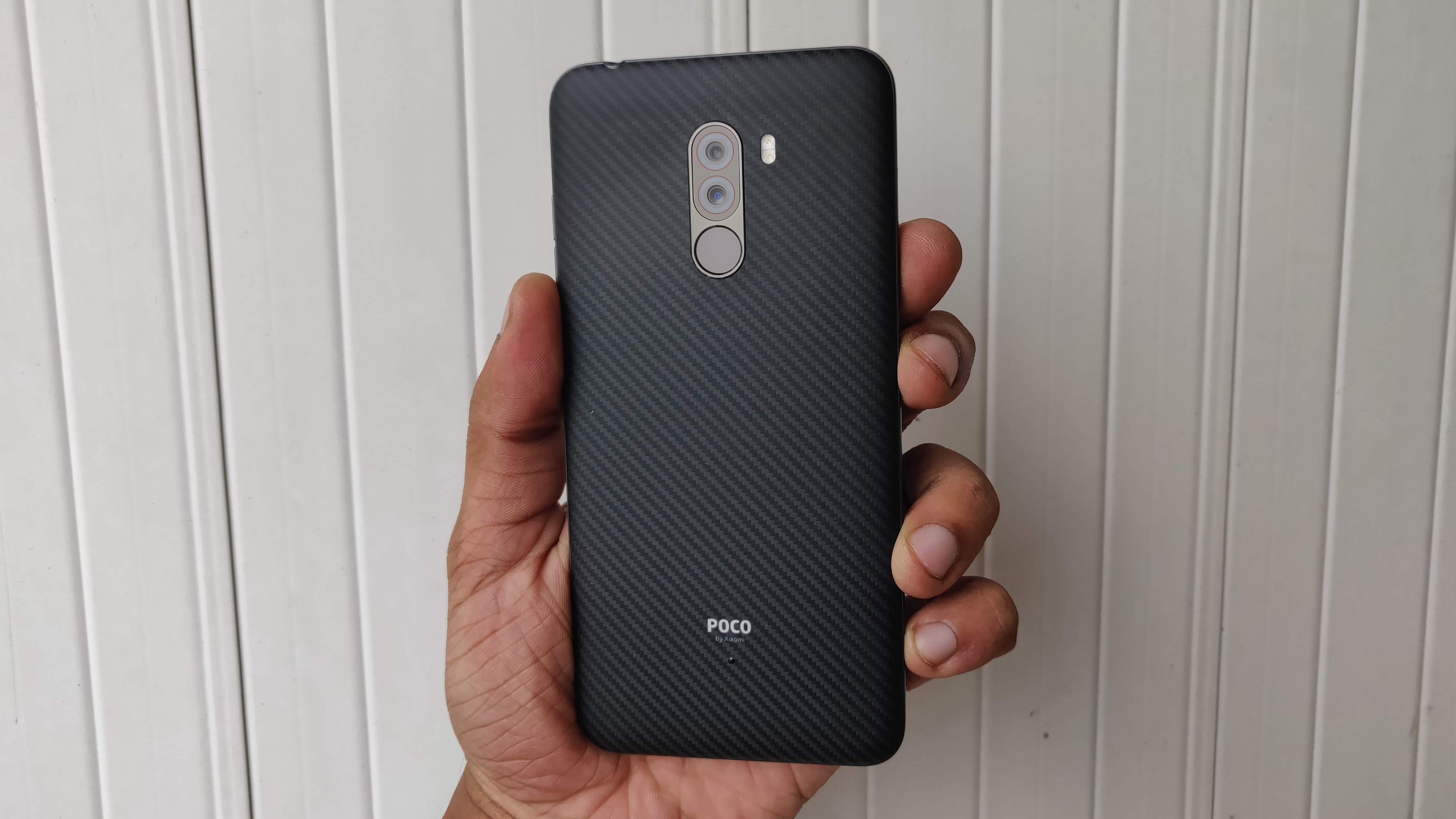
Minimalist, durable design
- Plain but sturdy design
- Armoured Edition offers more durability
One thing is for sure about the Pocophone F1 - it doesn't feel like a piece of precision-engineering.
While the likes of Honor and Nokia are doing all they can to bring glass and metal all-screen designs to lower price brackets, Xiaomi is forging a different path.
The Pocophone, like the original Oneplus One, is a plastic creation. That isn’t to say that it feels cheap (indeed it feels durable and dependable), but it lacks the spirit of more premium designs. It is almost utilitarian in its minimalism, so those who like to express themselves through their phones will want to invest in a skin or a case.
The front of the phone houses the 6.18 inch, 18.7:9 aspect ratio display, which is bordered by a sizable notch at the top. This houses the infrared face sensor (fast, but not secure) and a 20MP f/2.0 selfie camera.
There's also a thick chin at the bottom, which means the Pocophone F1 isn’t designed to compete with the bigger flagships on every point.
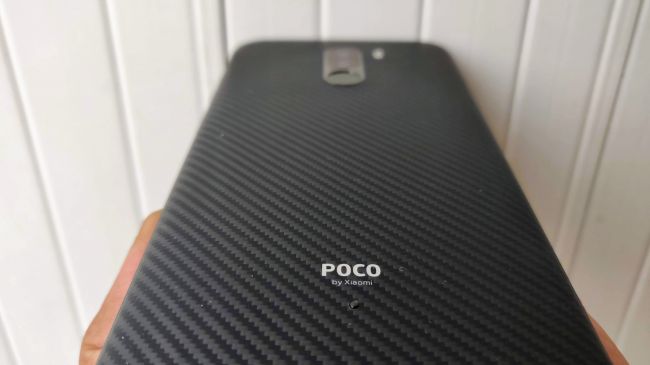
Our review model came in a matte polycarbonate painted navy blue, other models come in red or ‘Kevlar’, the latter offering extra durability.
In short, this isn’t one for the fashionistas and glitterati of the world, however for the power user - or those who value longevity in their handsets - the design will be a breath of fresh air.
It is a harrowing experience watching a beloved £1000/$1000 glass sandwich tumble in slow motion towards an unforgiving pavement. Plastic handles such impacts far better than these harder materials. Saying this, it won’t conduct heat as well as metal devices, meaning overheating could be an issue a few years down the line.
The Armoured Edition of course feels better than the polycarbonate variants. The good thing about it is that it's not slippery or fragile, so you don't need to put a case on the back like glass phones such as the OnePlus 6, Honor 10 or the Asus Zenfone 5Z.
Its look isn't the most intriguing part of the phone, but in practice it is a welcome balance between form and function. In fact, if you are a fan of older Motorola designs with textured backs then the Armoured Edition in particular will feel right at home in the hand.
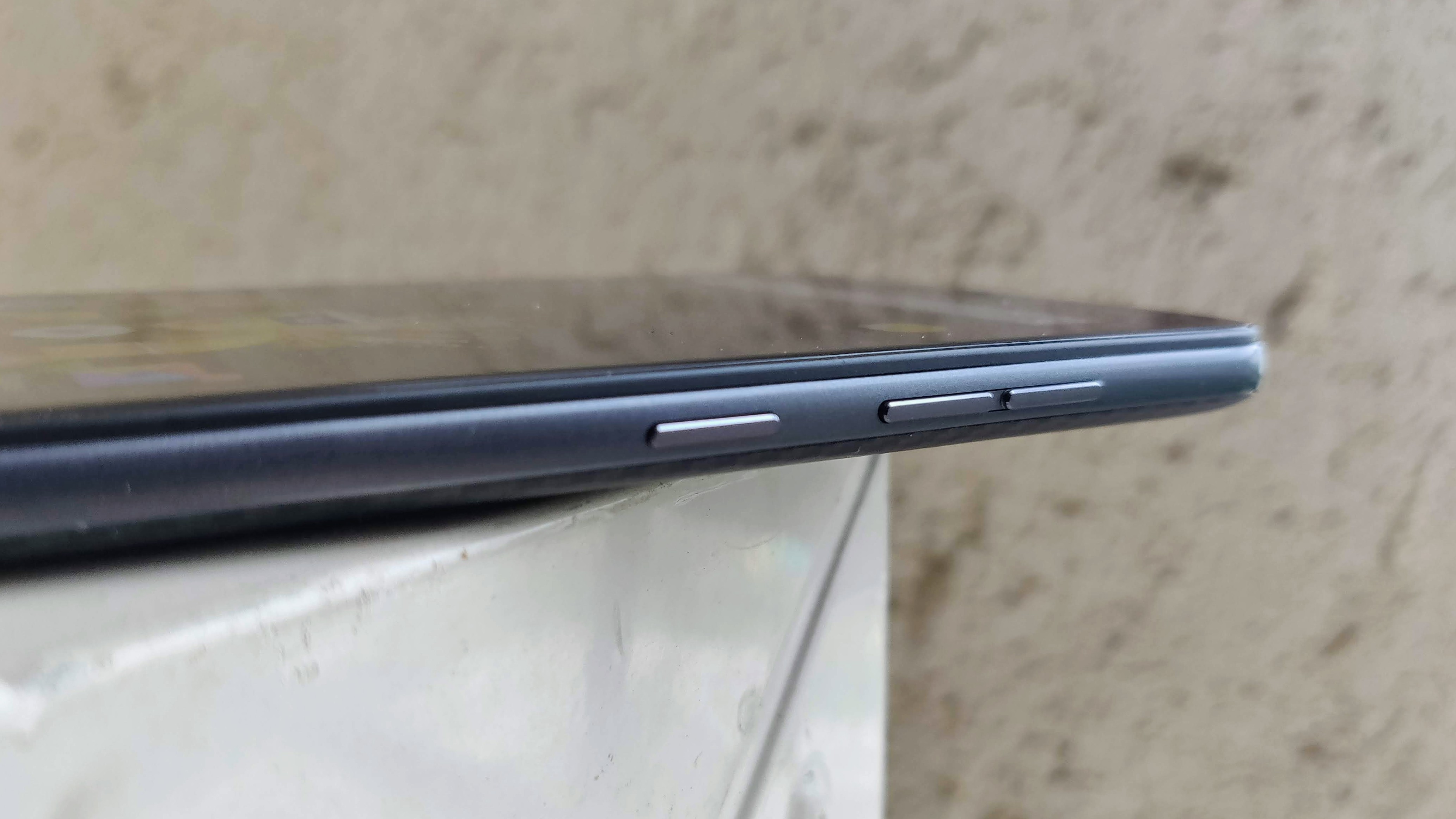
This is a phone with a design all of its own, totally unique in the market at the moment, taking trends that are a few years old at this point and updating them for the modern age.
Pleasingly, the camera bump on the rear is kept to a minimum, and the easy-to-find fingerprint reader works both quickly and reliably.
At 182g in weight and 8.8mm thick, in combination with the larger screen, this isn’t a device for easy one-handed use. But this is a design that incorporates a large battery and a headphone jack, so it's sure to please many for that reason.
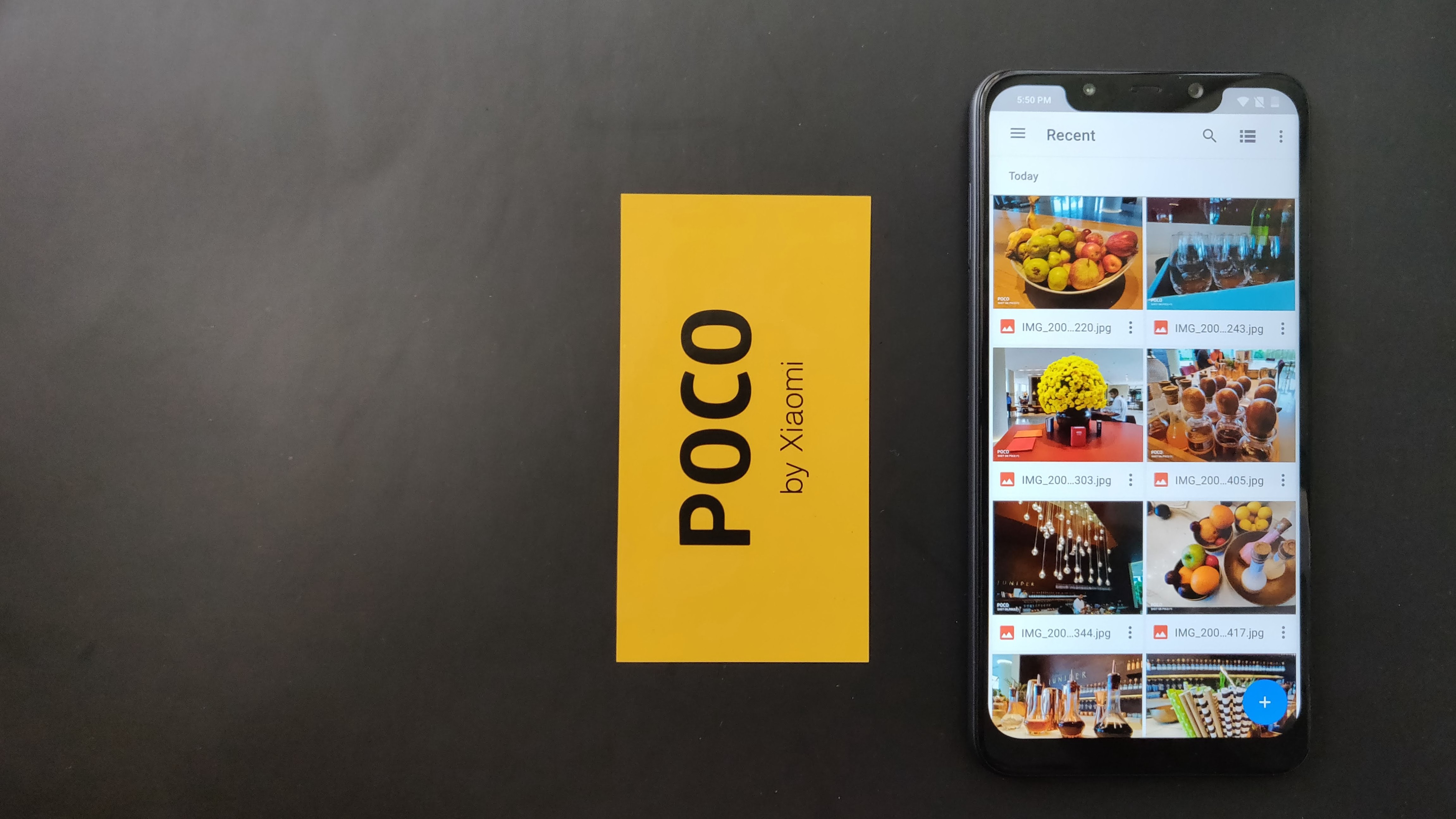
Display
- 6.18-inch 1080 x 2246 screen
- Can get bright, but auto brightness is erratic
The Pocophone F1 features a 6.18-inch FHD+ (1080 x 2246) display, coated with Gorilla Glass 3. Though this isn’t the newest version, it does come with its own strengths. Previous versions, such as 3, were more resistant to scratches, meaning that while less shatterproof this will survive a trip in a pocket full of coins a little better.
This is another in the long trend of manufacturers mostly abandoning the 2K dreams of several years ago. Instead, Full HD+ panels have appeared with a vengeance, offering lower pixel density but with important trade-offs in improved battery endurance and better overall performance.
Needless to say, the screen can reach both very dim and very bright levels, however the auto brightness is quite erratic.
Color reproduction was a little cool for our tastes, but the MIUI software has ample screen tuning abilities built in. We switched to the ‘warm’ preset, which improved things considerably.
The tall 18.7:9 screen may not be the newest trend on the market anymore, however it makes for an immersive viewing experience on the Pocophone F1.
The only real improvement could have been found by trading up to an OLED screen, but that would have entailed a rise in cost. This isn’t a screen which breaks boundaries for the price point, however it is certainly good enough.
One surprising issue, which was difficult to replicate, is a slightly odd touch problem. Occasionally, and especially when using the home screen, taps seemed to register in the wrong place, often opening the wrong app. This was irritating, and will hopefully be solved in a future software update.
Sudhanshu Singh have been working in tech journalism as a reporter, writer, editor, and reviewer for over 5 years. He has reviewed hundreds of products ranging across categories and have also written opinions, guides, feature articles, news, and analysis. Ditching the norm of armchair journalism in tech media, Sudhanshu dug deep into how emerging products and services affect actual users, and what marks they leave on our cultural landscape. His areas of expertise along with writing and editing include content strategy, daily operations, product and team management.
